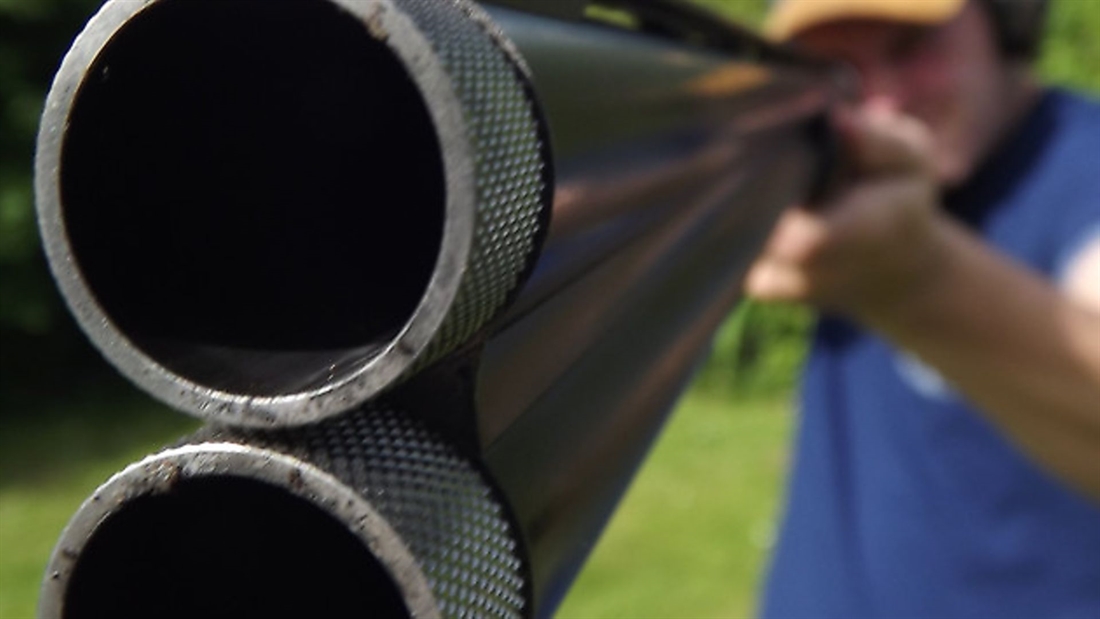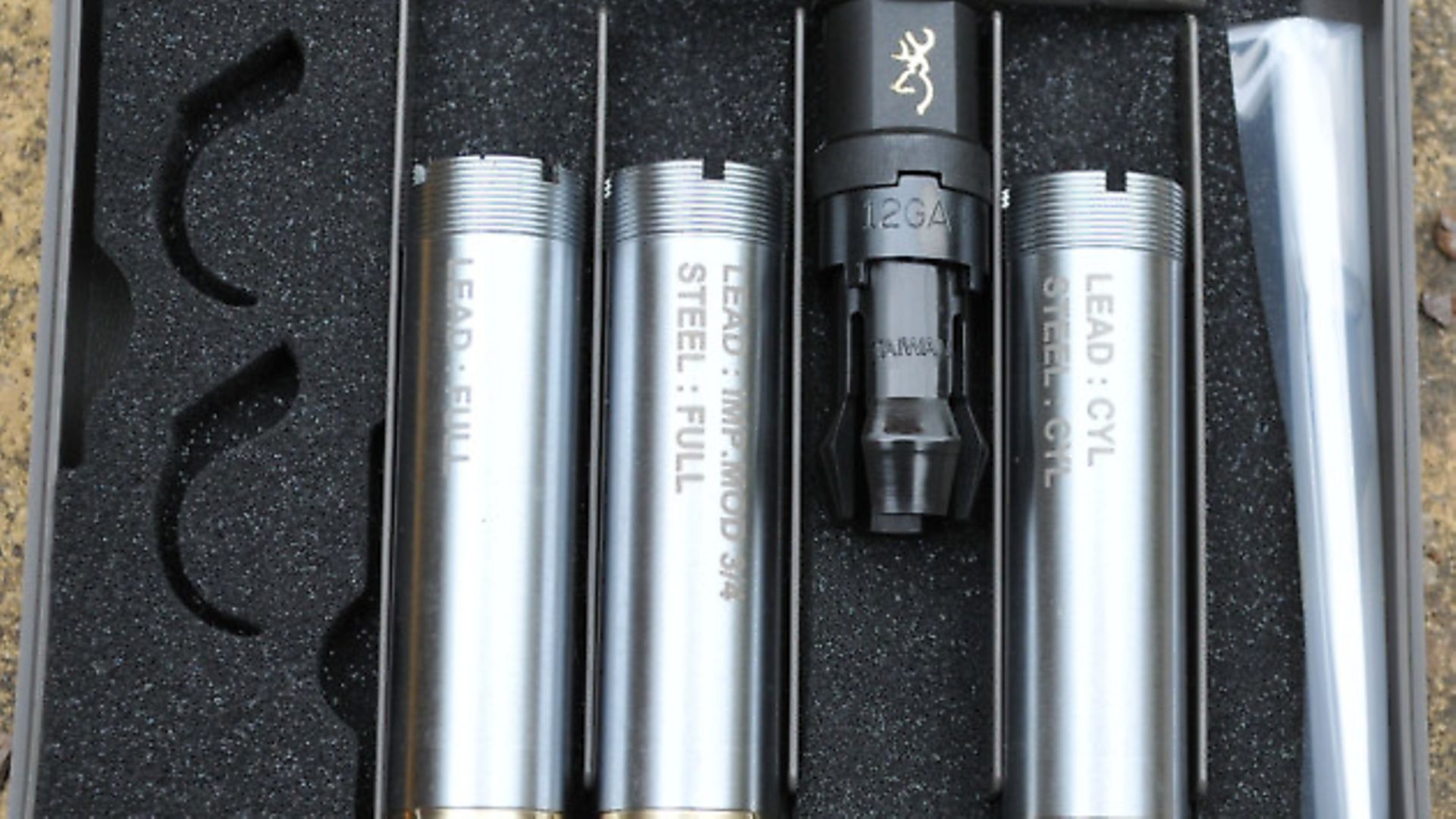Choosing the perfect choke

Will Edwards looks at the murky, confusing world of choke choice and tries to shine some light on the subject
So what is choke? Well as the word suggests, it’s a form of constriction, in this case near the end of your barrels, that squeezes the shot as it’s launched out of the muzzle of your gun. The reason for choke is that it determines the spread of shot from the cartridge, and this is hugely beneficial when shooting a variety of targets whether clay or game.
Now the boring bit (please excuse the pun!): a gun with no choke is referred to as Cylinder and the measurement in inches is .000”. You then have Skeet: .005”, (¼) .010”, (½) .020”, (¾) .025” and full at .035”. You will find that the modern day multi-choked shotgun will have a series of small notches and will have, for example, ‘½’ embossed on the tube itself to inform you of the amount of choke, allowing easy selection. “Great, Will, so now that I’m totally confused, what should I use and why?!”
In last month’s feature we talked about the pattern plate and how to use it, which is a great help to show your point of impact and assists with correct gun fit. But it will also aid you in the quest to find that perfect choke and cartridge combination, guaranteeing cleaner, more consistent kills… fact!
The type of shooting you are doing will play a major part in the choke selection process. Don’t panic, it’s nothing scary, just common sense. What I mean by that is that you wouldn’t want to use a Trap gun with ¾ and full chokes for your average range Sporting clays that may be no further than 30 yards. Why? Because the Trap gun is set up for the sole purpose of cleanly breaking 60 yard edge-on clays. With such tight chokes you might as well try shooting with a rifle round! You would have to be so spot on and precise to connect due to the very tight and limited spread of shot, as full choke is likely to place 70 to 75% of your shot in a 30” circle at 40 yards and it’s not going to forgive you if you’re even just slightly off target.
If you enjoy a combination of Sporting clays, pigeon and game shooting, I’m a huge advocate for relatively open chokes. The reason being, and you might deem this as almost cheating, that my own gun shoots fantastically well with ¼ and ½. This gives me the option to flick over my barrel selector button on Sporting stands to determine if I need a more open choke on a 25 yard bolting rabbit or a slightly tighter choke to deal with a rangy crosser. This combination gives me a fair margin for error if I’m just off the target. It works a treat – in fact, I find that the ½ choke a lot of the time is overkill.
This also applies to our contingent with traditional side-by-sides with double triggers, and fixed chokes. You can simply select the barrel and degree of choke needed for the target in question. If, for example, you’re on a walked-up game day, you fire the first shot with your open choke, you miss and the quarry gains vital yards on you, the tighter choke should still keep the pattern of shot together ensuring the bird is cleanly dispatched.
For the total novice I have had spectacular results with what I refer to as my ‘Banger Beretta’. This is a 1994 Silver Pigeon 1 Sporter. I pinched this concept from my fellow APSI instructor and contributor Mike Yardley some years back when Mike built an experimental gun which he nicknamed ‘The Duffer’s Gun’, based on the dimensions of Mr Average, and fitted it with what’s known as Siminole Spreader Chokes. It might sound daft, but with my Banger I had clients nailing anything at ranges out to 40 yards on clays with 28g No 8s. It was fitted with Nigel Teague extended chokes, Skeet and ¼ . I’ve used it to massive effect loaded with 32g of No 6 shot when decoying pigeons and with corporate clay groups with only 21g 7.5s at basic targets. I estimate this gun has put a smile on several thousand people’s faces and frankly made my job as an instructor considerably easier.
For your driven game shooting, I’d still recommend nothing tighter than ½ even when shooting late season birds with a 32g No 5. As for partridge, I would use Skeet and ¼ at the most, mated up to a 30g No 6 shot.
One thing to take in to consideration is that the majority of plastic wad cartridges will shoot a choke tighter than their fibre wad equivalent. Only by experimenting with several different brands on the pattern plate at distances from 25 to 40 yards are you really going to see the benefits. You want to look for an even distribution of shot within that 30” circle. Once fired I’ll take a midi-sized clay with me up to the plate to see if it would slip through unscathed; I reckon it’s about the size of the vital kill area on a partridge as well.







